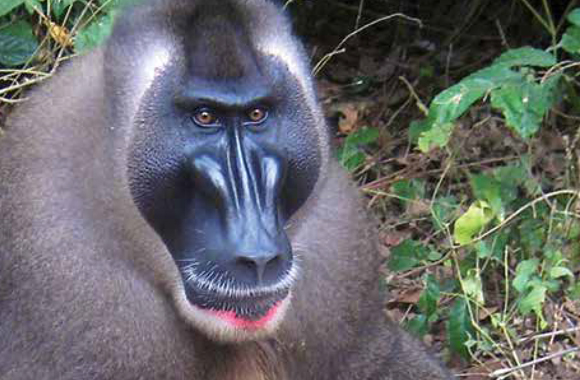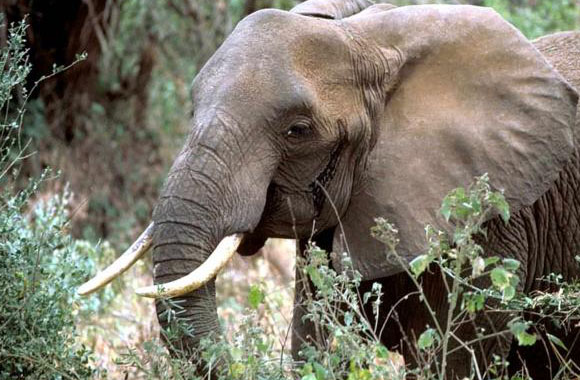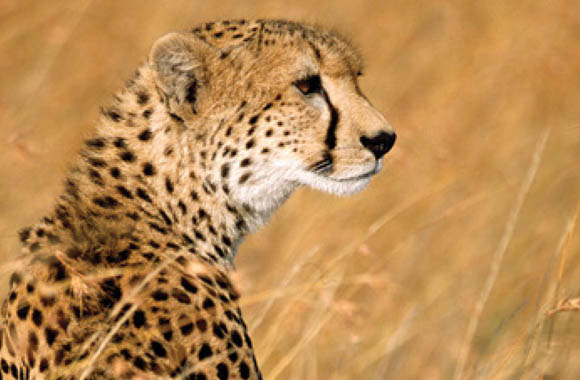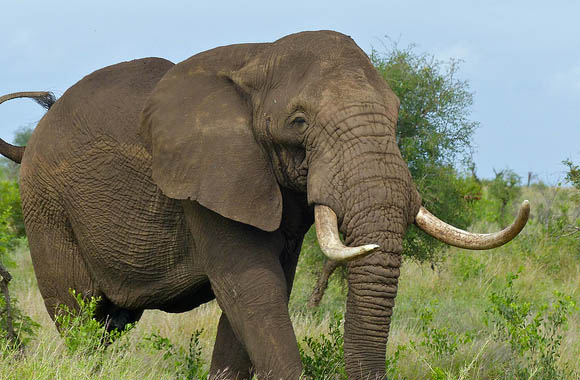About
There are five main species of rhinos: Black, White, Indian, Sumatran, and Javan. Black and White rhinos are found only in Africa while the Indian rhinos, Sumatran rhinos, and Javan rhinos occur in Asia. Sadly, in 2018, Sudan – the last male northern white rhino – passed away.
Rhino numbers are plummeting due to brutal poaching for their horns. Rhino horn – worth more by weight than gold or cocaine at the end markets in Vietnam and China – is made of keratin: the same hard, fibrous protein found in humans and many other mammals, which makes up our hair and fingernails. East Asian markets (namely those in China, Vietnam, and Thailand) hold long-standing cultural beliefs about the medicinal and social benefits of rhino horn and also value new uses, such as supposed cancer-curing properties, as a hangover remedy, and as an aphrodisiac (though these medicinal uses are unproven). Horns are carved into daggers and worn by men in Yemen and Oman as a symbol of wealth and status, and are given as high-end gifts or even as investment opportunities in Vietnam and China. It is this demand that drives the rhino horn trade.
“Rhinos will only have a long term future if we can end the demand for rhino horn.”
Will Travers, President and Co-founder of Born Free
Born Free opposes all trade in rhino horn, both illegal and under permit, because it only acts to stimulate demand and, in turn, fuels poaching. We do not believe that legalizing the trade will help reduce poaching; in fact, it could even lead to an increased demand through the legitimization of the product in the eyes of consumers.
What needs to be done to secure and conserve rhinos? According to Born Free Kenya’s Country Manager and rhino scientist, Tim Oloo, we must:
- Protect rhinos from poachers;
- Reduce Asian demand for rhino horn;
- Stop human encroachment into rhino habitats, which fragments and isolates rhino populations and thus limits breeding;
- Infiltrate and dismantle the transit routes that illegal wildlife crime operatives use to transport the rhino horn from its country of origin to the market; and
- Crack down on corruption, enforce strict wildlife laws, ensure commitment to treaties, and instate harsher punishments for wildlife trafficking.
Learn more about each rhino species here »
“Rhinos face extinction in our lifetimes, as we struggle to correct lies about the supposed benefits of using its horn as a drug.”
Prince William
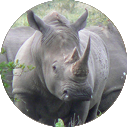
Rhinoceros
Status
IUCN Red List classification:
Black rhino – Critically Endangered
Southern white rhino – Near Threatened
Northern white rhino – Critically Endangered
Indian rhino – Critically Endangered
Javan rhino – Critically Endangered
Sumatran rhino – Critically Endangered
CITES status:
Black rhino – Appendix I
White rhino – Appendix I, except for the populations of South Africa and Swaziland, which are listed under Appendix II
Indian rhino – Appendix I
Javan rhino – Appendix I
Sumatran rhino – Appendix I
Endangered Species Act status: All five rhinoceros species are listed as endangered.
Population
Estimated number remaining in the wild: 27,950
Population decline of rhinos:
Despite the continuing threat to rhinos from poaching for their horns, population figures have been generally increasing for species such as the Southern white rhino. Overall, however, rhino numbers have fallen dramatically from historical levels (numbers approximate):
Early 1900s – 500,000
1970 – 70,000
2010 – 27,950
Between 1970 and 1992, large-scale poaching caused a dramatic 96% collapse in numbers of the Critically Endangered Black rhino. Severe poaching spikes from the late 1970s to the mid-1990s sparked international outrage, which led to government response, awareness campaigns, and trade bans in Japan, South Korea, Taiwan, and Yemen – all of which successfully reduced demand, and, therefore, reduced rhino poaching. Thanks to these conservation efforts, from the late 1980s and early 1990s until the end of 2007, Southern White rhino numbers had been increasing by around 9.5% per year, and Black rhinos had been increasing by around 6% per year. Between 2008 and 2017, more than 7,000 rhinos were killed by poachers in South Africa alone.
The following population figures for rhinos remaining in the wild are based on numbers published in 2010 by the International Union for Conservation of Nature (IUCN):
Black rhino – 4,880
Southern White rhino – 20,170
Northern White rhino – 2 (as of April 2018)
Indian rhino – 3,264
Javan rhino – 35-45
Sumatran rhino – 140-210
Location
Rhinos have evolved to survive on grassland plains, in savanna woodland, in true tropical forests, and in swamps. In Africa, Black and White rhinos are now restricted to the eastern and southern parts of the continent. In Asia, Indian rhinos are found in several national parks primarily located in Nepal, India, and Assam (the highest Indian rhino density in the world). Javan rhinos are found in the extreme western end of the island of Java in Ujung Kulon National Park. Sumatran rhinos are found in several scattered national parks in Indonesia, Sumatra, and Borneo (but were declared extinct in Malaysia in 2015).
Size
All rhino species can weigh more than 2,000 pounds (one ton). The White rhino is the second largest land mammal (next to the elephant), weighing up to nearly 6,000 pounds.
Fun Fact
You can tell the difference between a Black rhinoceros and a White (Northern or Southern) rhinoceros by the shape of their lips. Black rhinos have a hooked lip for grabbing foliage, while White rhinos have a flat, square shaped lip for grazing.
Three rhino species (Black, White, and Sumatran) have two horns, while the Javan and Indian rhinoceros have just one horn.
Rhinos may not look like they would be fast runners, but a rhino can run up to 40mph.
